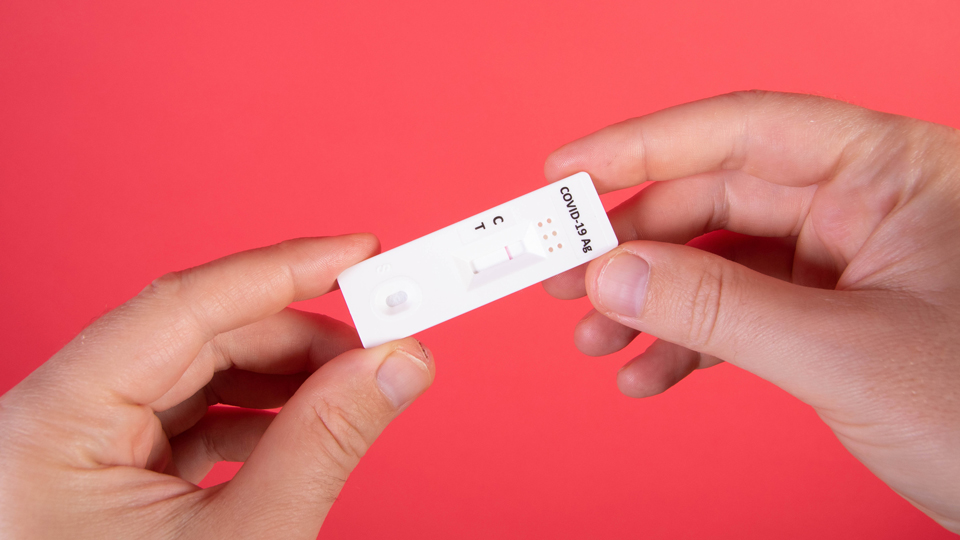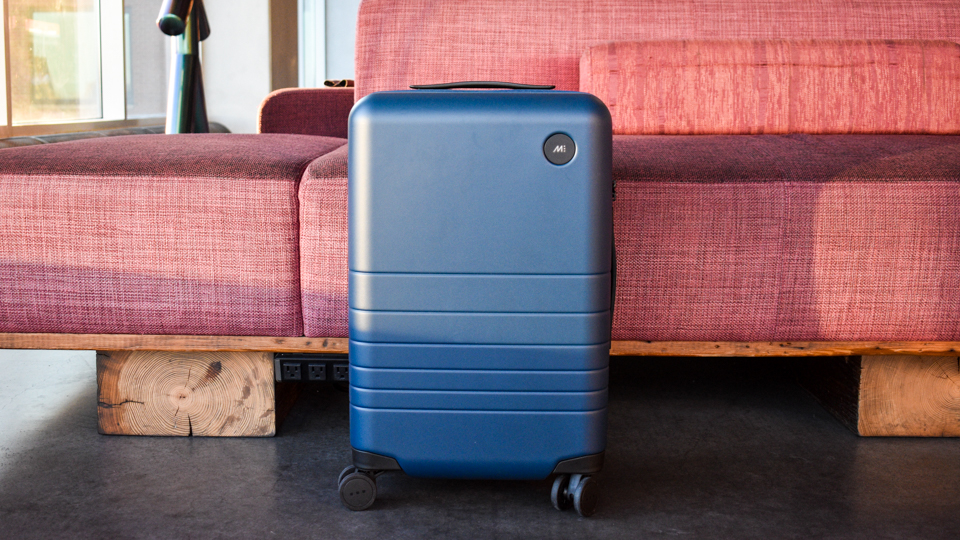
Be prepared to use some brain cells, because international travel isn't the same anymore. If you want to go, embrace the swab.
These days, it's a necessity to figure out exactly which days you need to test on a trip, so you have plenty of time to adjust for things not going as planned. Be prepared to account for as many as four tests and roughly $100-200 in testing fees just to go to another country.
If the trip is short enough, it is even possible the test to release is the same as the test to fly, therefore cutting down the number of tests needed to travel from four to three tests.
To make things clearer, we'll be referring as the test after entering a border the test to release, and the test before the flight the test to fly throughout this article.
Each country should state the requirements on the government website. The test to release will likely need to be prebooked before traveling, as well as a traveler attestation to their health.
Let's not even tackle the anxiety of testing negative: It's our suggestion to do it as early as possible, so there's less anxiety leading up to departure around a bad result.
(Trust me, the last thing you want to do is run around trying to find a clinic that can process results ASAP, and then praying its negative four hours before the flight because the other results didn't come *in time.*)
Not all test types count for traveling...
Most countries may or may not ask for a negative COVID-19 test depending on vaccination status. The problem is that there are a lot of COVID-19 tests out there and they may not all be suitable for travel.
Generally, getting a PCR test is the safest route and surest best.
Rule of thumb is that despite the type of test you choose to take or is acceptable, the test will most likely need to be processed by a lab. Meaning, those DIY-swab indicator tests aren't going to fly for travel.
Here's a quick overview of the different tests you might encounter for traveling purposes:
PCR testing

It's worth it. (Baker County Tourism / Flickr)
The gold standard. However, keep in mind, it may take up to 48-72 hours before results come back, so it's always best to make sure to ask how long the test results will take.
More or less, every single country will accept a PCR test for suitable travel (though, always check exactly on the country website of where you are flying).
Unfortunately, it also might be the most expensive form of testing available, but it is the most reliable and accurate.
Rapid antigen testing
Rapid antigen results usually can give results in 15 minutes or less, which make them popular for attending events or, obviously, for things like flying and travel. These are commonly less accepted than PCR tests, though, like lateral flow testing.
Regardless, chances are if a rapid antigen test is accepted, there must be a letter from the lab saying the traveler is fit to fly.
Lateral flow testing
In other parts of the world, lateral flow testing is the hot thing. These tests are generally designed for people who do not have symptoms of coronavirus, and use a device that looks similar to a pregnancy test.
The only difference is that there is no pee involved.
It also seemed to be the preferred method of testing in the U.K., due to its relatively inexpensive cost and seemed acceptable for entry back into the U.S.
Figuring out the time definitions
This is where things get complicated, and we highly recommend that you bust out some pen and paper for this one. Each country has a different guideline for when travelers must test, and how they define the timeframes is different.
To give you an idea of how confusing it can be, here are the U.K. versus the U.S. definitions of testing periods,
Here are the U.K. time definitions for the day 2 (test to release) test:
After you arrive in England you must take a COVID-19 test on or before day 2. The day you arrive is day 0.
By contrast, these are the current U.S. guidelines:1
The 1-day period is 1 day before the flight’s departure and the 3-day period is the 3 days before the flight’s departure. The Order uses 1-day and 3-day time frames instead of 24 hours and 72 hours to provide more flexibility to the air passenger and aircraft operator. By using a 1-day and 3-day window, test acceptability does not depend on the time of the flight or the time of day that the test sample was taken.
For example, if you are fully vaccinated and your flight is at 1pm on a Friday, you could board with a negative test that was taken any time on the prior Tuesday or after. If you are not fully vaccinated and your flight is at 1pm on a Friday, you could board with a negative test that was taken any time on the prior Thursday.
However, once you figure out how timeframes are defined—and write it down!—it's possible to proceed to the next step, which is figuring out what days to test.
Sketching out the timeline

Hitting the road. (Transformer18 / Flickr)
Here is the rough template — though you are going to want to adjust this template for different trip lengths.
In our case, it was helpful to outline the exact date of each day, along with the weekday associated with it. (Ours was roughly an 8 day trip, hence the example.)
Here is the basic template:
| ARRIVAL | DEPARTURE | |||||||
| Day 1 | Day 2 | Day 3 | Day 4 | Day 5 | Day 6 | Day 7 | Day 8 | |
| DATE | ||||||||
| DAY | ||||||||
Once we had the outline, we filled it in like as seen below. After that, we ended up counting each day from the time definitions to figure out what day to test.
This ended up simplifying all the requirements into a cohesive visual chart that we could see clearly.
| ARRIVAL | DEPARTURE | |||||||
| Day 1 | Day 2 | Day 3 | Day 4 | Day 5 | Day 6 | Day 7 | Day 8 | |
| DATE | 10/27 | 10/28 | 10/29 | 10/30 | 10/31 | 11/1 | 11/2 | 11/3 |
| DAY | Wednesday | Thursday | Friday | Saturday | Sunday | Monday | Tuesday | Wednesday |
| TEST TO RELEASE |
TEST TO FLY |
In this case, it was very clear Friday and Sunday was the day to test. (Had we arrived Friday, we would have only needed to test once.)
Now go and test, forth!



